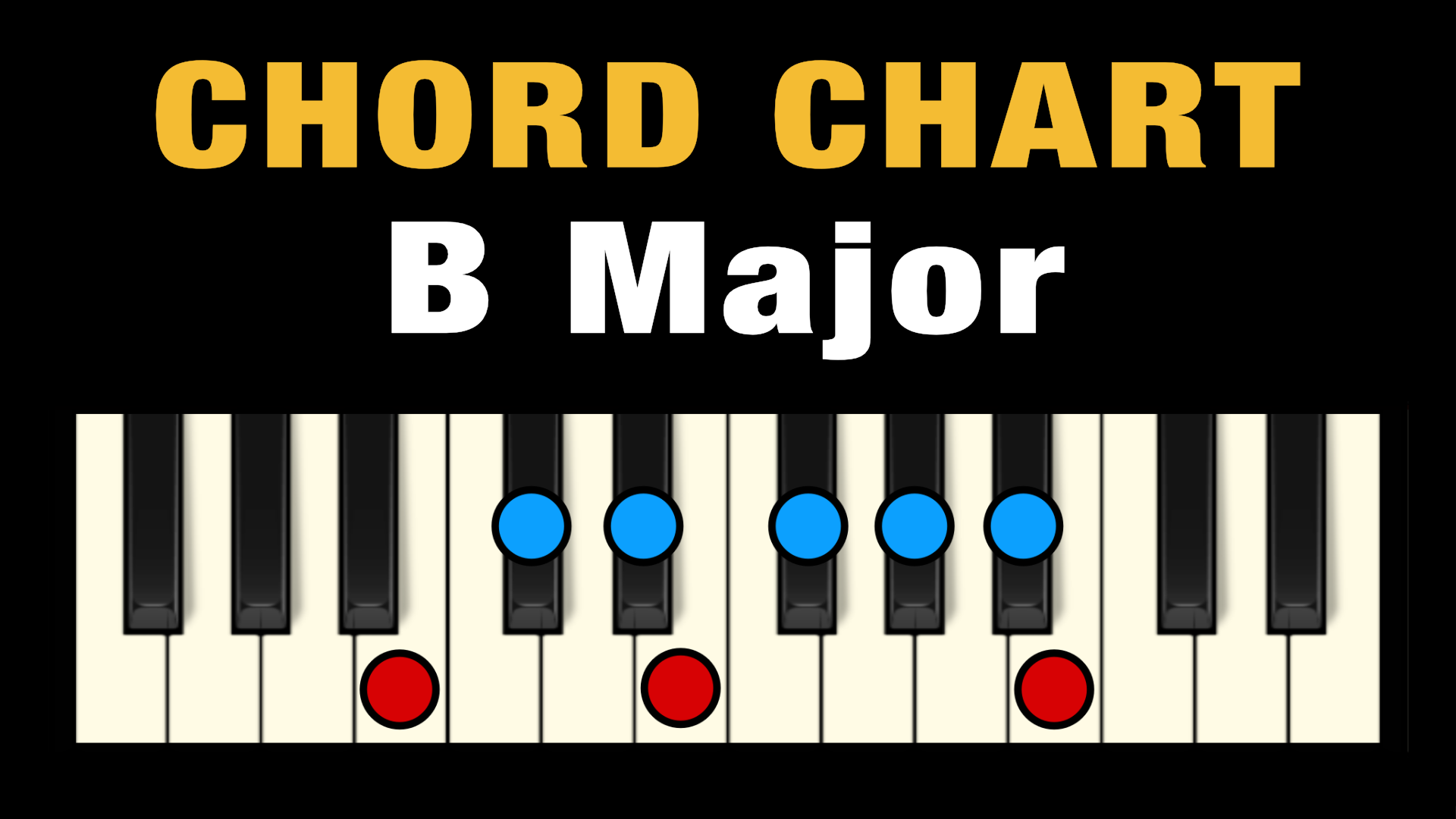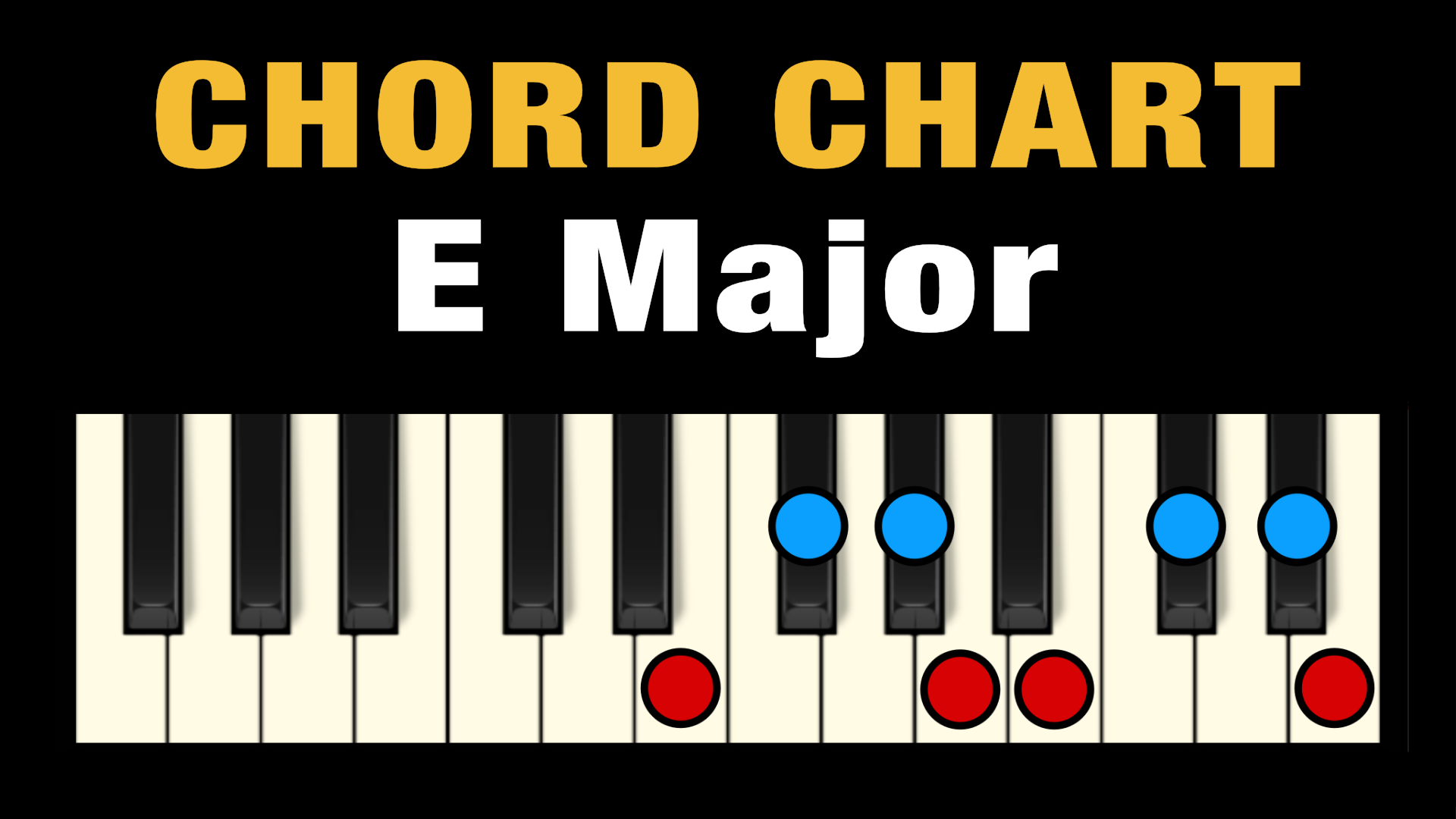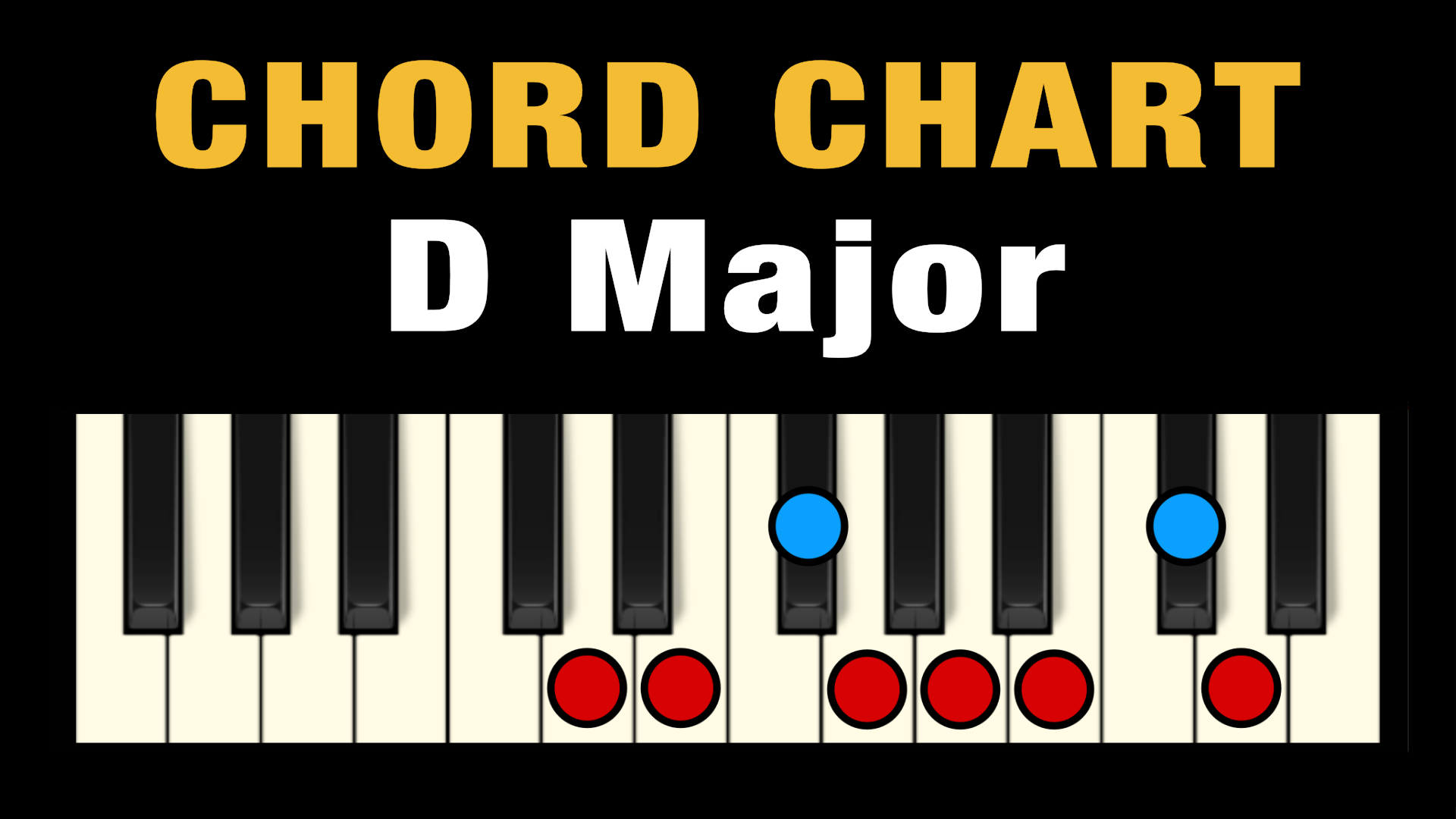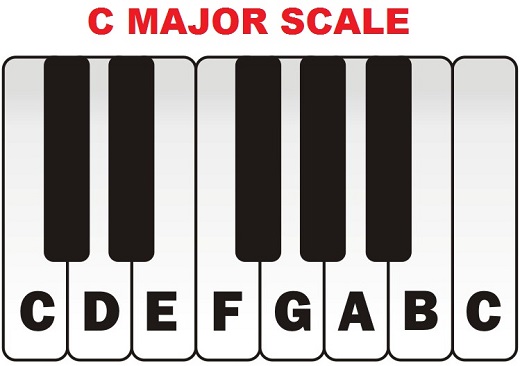B Major Piano Chords are one of the most popular chords in music. They are used in a variety of genres, including pop, rock, blues, jazz, and classical. The B Major chord is made up of three notes – B, D, and F#. It is a major chord because it has a major third (D) and a perfect fifth (F#). The B Major chord is often referred to as the ‘power chord’ because of its strong and powerful sound. It is a versatile chord and can be used to create many different textures and sounds. With the right techniques and practice, you can use the B Major chord to create beautiful music.
Exploring the Unique Sound of B Major Chords on the Piano
The B Major chord is a powerful and versatile sound on the piano, and is one of the most popular chords used in music. It consists of the notes B, D#, and F# played together, creating a harmonious and vibrant sound.
When playing the B Major chord on the piano, it is important to pay attention to the fingering and the order in which the notes are played. To play the B Major chord, the right hand should be placed on the keys with the thumb on the B, the middle finger on the D#, and the little finger on the F#. The left hand should be placed on the keys with the thumb on the B, the index finger on the D#, and the middle finger on the F#. When playing the chord, all three notes should be played simultaneously.
The B Major chord can be used in various musical styles, including classical, jazz, and pop. It is a versatile sound that can be used to create a range of emotions, from joy to sadness. It is commonly used in the introduction of a song, as it is a strong and powerful sound that grabs the listener’s attention. It can also be used as an accompaniment to a melody, or as a standalone chord in a song.
The B Major chord can be used in a variety of ways to create unique and interesting sounds. By playing the notes in different combinations and adding additional notes to the chord, musicians can create unique and interesting sounds. For example, adding a G# to the B Major chord creates a B Major 7th chord, which has a bright and lively sound. Similarly, adding a D to the B Major chord creates a B Major 9th chord, which has a more complex and interesting sound.
The B Major chord is one of the most popular and versatile sounds on the piano, and is a great way to add interest and depth to your music. With a little practice and experimentation, musicians can create unique and interesting sounds using the B Major chord.
Learning How to Play B Major Chords on the Piano: Step-by-Step
Learning how to play B major chords on the piano can be a challenging but rewarding experience for any musician. With practice and dedication, you can master this essential skill and open up a world of possibilities for your own musical journey. Here is a step-by-step guide to help you get started.
1. Start by familiarizing yourself with the B major scale. This scale is composed of the notes B, C#, D#, E, F#, G#, and A#.
2. Find the chords that are associated with the B major scale. The chords associated with B major are B major, C# minor, D# minor, E major, F# major, G# diminished, and A# augmented.
3. To play a B major chord, use your right hand to press down the B key, the D# key, and the F# key. Use your left hand to press down the B key, the D# key, and the A# key.
4. To make the chord sound fuller, you can add the notes from the B major scale to the chord. For example, you can add the C#, E, and G# notes to the B major chord to make it sound more complex.
5. Once you feel comfortable playing the B major chord, practice transitioning between other chords. This will help you develop the necessary muscle memory to play more complex pieces of music.
With dedication and practice, you can learn to play B major chords on the piano. This skill will open up a whole new world of musical possibilities and help you to express yourself in a creative and unique way.
Creative Uses for B Major Chords on the Piano
1. Harmonizing a melody: The B Major chord can be used to harmonize a melody on the piano. In order to do this, the appropriate notes must be chosen to accompany the melody. The notes in a B Major chord are B, D#, and F#. By striking these notes in combination, a full and rich harmonic accompaniment can be created to accompany the melody.
2. Creating a bridge: The B Major chord can be used to create a bridge between different sections of a song. This can be done by playing a B Major chord followed by a G Major chord. This can be a useful tool for transitioning between two different sections of a song.
3. Adding a sense of resolution: The B Major chord can be used to add a sense of resolution to a piece of music. By playing the B Major chord at the end of a section, this can create a sense of resolution and closure.
4. Adding a sense of tension: The B Major chord can be used to add a sense of tension to a piece of music. This can be done by playing a B Major chord followed by an F# minor chord. This can create a sense of tension and suspense, which can be used to build up to a climax in the music.
By utilizing the B Major chord in creative and unique ways, musicians can create interesting and captivating music.
Harmonizing with B Major Chords: Creative Exercises for Piano Players
Piano players looking to explore ways to harmonize with B major chords can benefit from a number of creative exercises. These exercises will help to improve understanding of how to harmonize with chords and allow for greater creativity when playing the piano.
One exercise is to take a B major chord and create a simple melody. Playing the B major chord first, a player can then add a few simple notes to create a melody. This melody could be repeated and harmonized by playing the chord in different inversions, moving up and down the scale. This exercise will help to create familiarity with the B major chord and how to harmonize with it.
Another exercise is to create a sequence of chords in a progression, starting with a B major chord. A player can then use the notes of the B major chord to create the other chords within the progression. By altering the order of the notes or adding additional notes, a player can create a harmonic progression that fits well with the B major chord. This exercise will help to improve understanding of how chords are constructed and how they interact with each other.
Finally, a player can use B major chords as a starting point to create a composition. The composition can be created using the B major chord and other chords that fit the key. By experimenting with different combinations of chords and melodies, a player can create a unique piece of music. This exercise will help to develop creativity when composing with the piano.
By utilizing these exercises, piano players can become more familiar with harmonizing with B major chords. As well, they can gain a greater understanding of how to create and develop musical ideas. With a little practice, these exercises can help to unlock a player’s creativity and take their piano playing to the next level.
Improvisation with B Major Chords: Tips and Tricks for the Piano Player
Piano improvisation is a creative and expressive art form. It is a great way to develop your playing skills and explore new musical ideas. When improvising with B major chords, there are a few tips and tricks that piano players can use to create interesting and unique pieces.
The first tip is to focus on playing chord progressions. Chord progressions are the building blocks of music. By playing different chord progressions, you can create musical phrases and motifs that can be used to build a piece of music. When improvising with B major chords, it is important to remember that the root of a B major chord is B, and the other notes are D#, F#, and A#. Therefore, when selecting a chord progression to use, try to choose one that includes these notes.
Another tip is to use chromaticism. Chromaticism is a technique that uses notes outside of the given chord to add texture and interest to a piece. For example, you can use the notes C and E in addition to the notes of a B major chord to create interesting and unique sounds.
Finally, it is important to experiment with different rhythms. Improvisation allows you to explore different rhythms and patterns. Try different rhythms and see how they interact with the chord progressions you have chosen. This can be a great way to create interesting and engaging pieces.
These are just a few tips and tricks for improvising with B major chords on the piano. With practice and patience, you can create beautiful and unique pieces of music.
Understanding the Theory Behind B Major Chords on the Piano
A B Major chord on the piano is a triad chord made up of three notes: B, D♯, and F♯. This chord is typically played as a root position chord, meaning that the root note of the chord is the lowest note of the chord. This makes the B note the lowest pitch of the chord. The D♯ and F♯ are the other two notes of the chord and are both higher in pitch than the B note.
To understand how the notes of the B Major chord work together, it is helpful to look at the intervals between them. The interval between B and D♯ is a major third, and the interval between D♯ and F♯ is a perfect fifth. Together, these two intervals form the basis of the B Major chord.
The B Major chord can also be played in other inversions, meaning that the root note can be any of the three notes of the chord. When the root note is not the lowest note of the chord, it is referred to as an inversion. For example, the B Major chord can be played as a first-inversion chord with D♯ as the lowest note, or as a second-inversion chord with F♯ as the lowest note.
The B Major chord is an important chord to know for playing a variety of musical styles, from jazz to pop to classical. Knowing how to play this chord in different inversions can open up a wide range of possibilities when creating musical arrangements. With a bit of practice, playing the B Major chord on the piano can be a rewarding experience.
Conclusion
The B Major Piano Chord is a versatile and powerful chord that can be used in many different genres of music. It is a great chord to have in your arsenal as it can add a lot of flavor and depth to your music. Experimenting with the B Major Piano Chord can help you to create more interesting and unique sounds in your music.
Since 2005, Singersroom has been the voice of R&B around the world. Connect with us via social media below.








